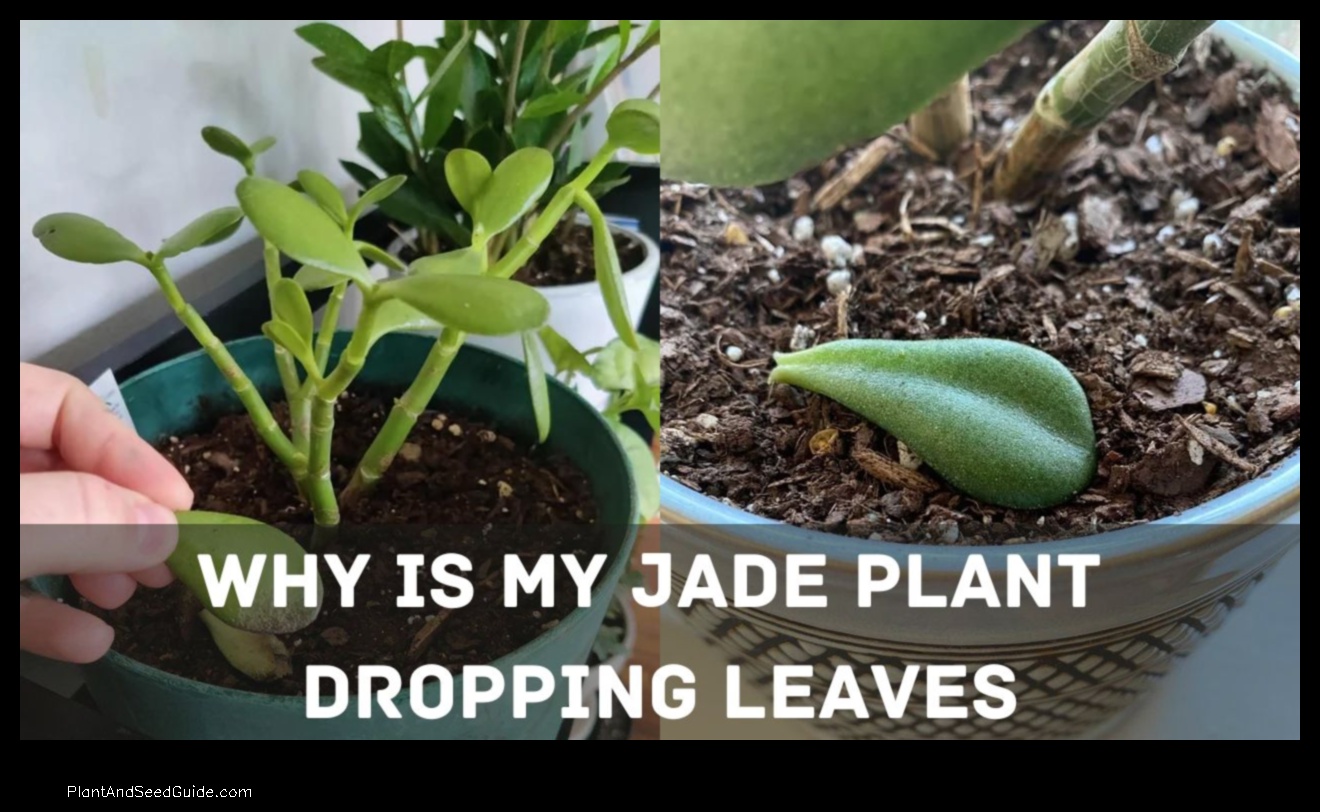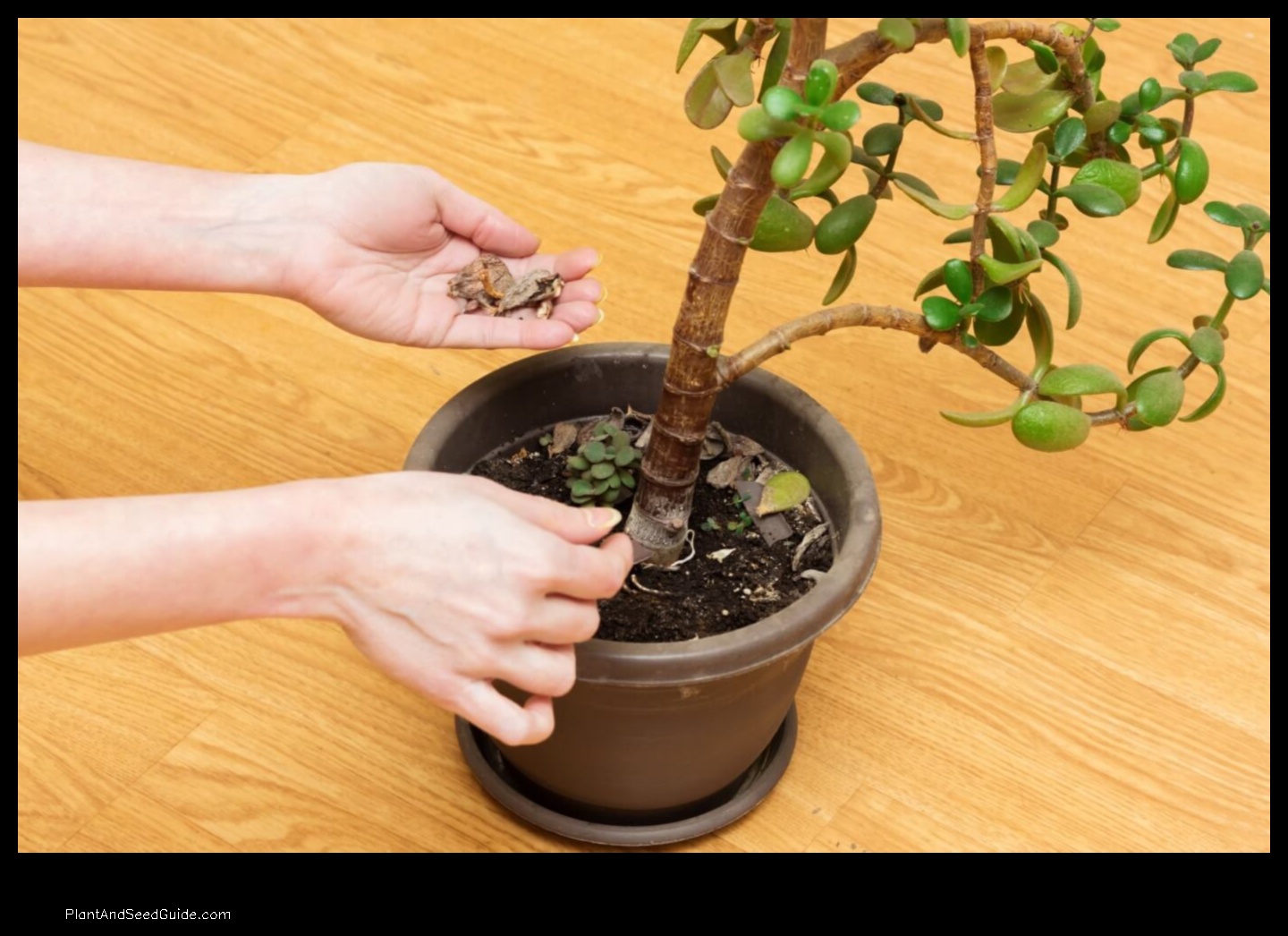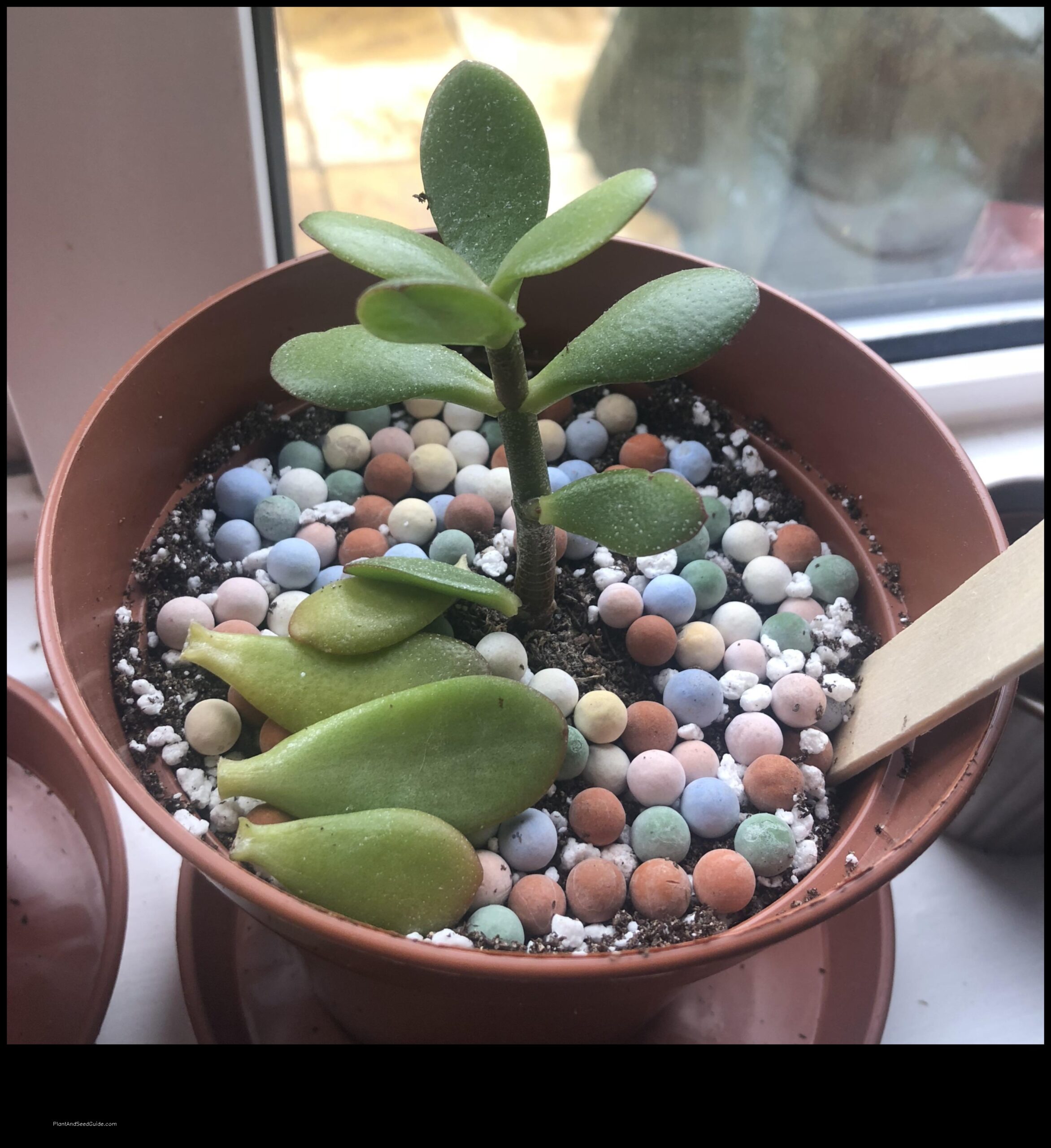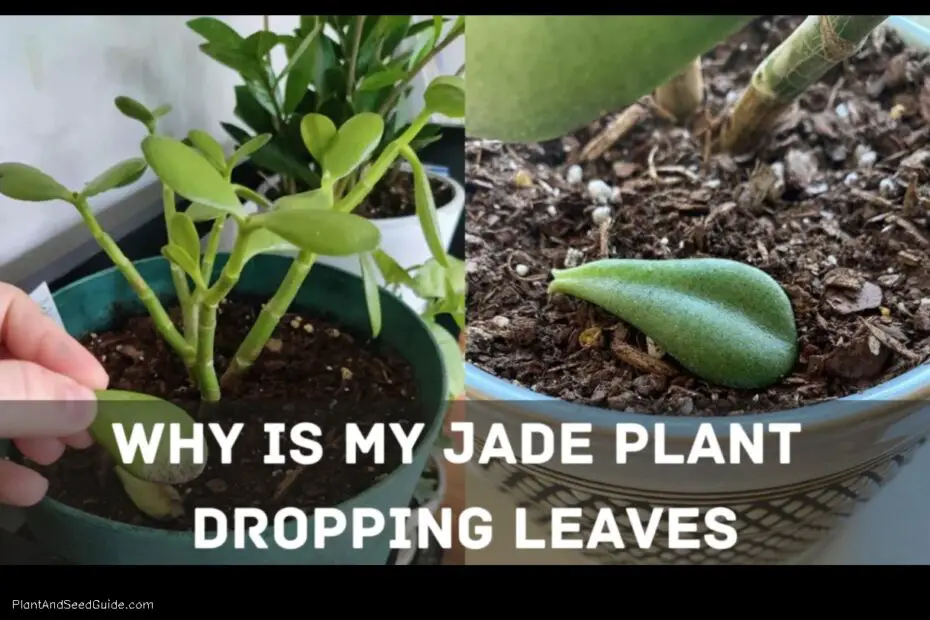
Jade plants are popular houseplants because they are easy to care for and they produce beautiful flowers.
There are a number of reasons why a jade plant might be losing leaves, and in this article, we will discuss the most common causes and how to fix the problem.However, jade plants can sometimes lose leaves, which can be a cause for concern..
ICauses of Jade Plant Leaves Losing
There are a number of reasons why a jade plant might be losing leaves, including:
- Overwatering
- Underwatering
- Drought stress
- Insect infestation
- Disease
- Nutrient deficiency
- Sunburn
- Cold damage
How to Fix Jade Plant Leaves Losing
Once you have identified the cause of your jade plant’s leaf loss, you can take steps to fix the problem. Here are some tips:
- If your jade plant is overwatered, allow the soil to dry out completely before watering again.
- If your jade plant is underwatered, water it more frequently.
- If your jade plant is suffering from drought stress, move it to a location where it will receive more sunlight.
- If your jade plant is infested with insects, treat it with an insecticidal soap or neem oil.
- If your jade plant is diseased, treat it with a fungicide or bactericide.
- If your jade plant is nutrient deficient, fertilize it with a balanced fertilizer.
- If your jade plant is sunburned, move it to a location where it will receive less direct sunlight.
- If your jade plant is suffering from cold damage, move it to a warmer location.
Prevent Jade Plant Leaves from Losing
The best way to prevent your jade plant from losing leaves is to provide it with the proper care. This includes:
- Watering it regularly, but not too often.
- Fertilizing it with a balanced fertilizer once a month.
- Pruning it to remove dead or damaged leaves.
- Repotting it every few years as it grows.
- Moving it to a location where it will receive bright, indirect sunlight.
When to Prune a Jade Plant
Jade plants can be pruned at any time of year, but the best time to prune them is in the spring or summer. This is when the plant is actively growing and will recover most quickly from the pruning.
VHow to Water a Jade Plant
Jade plants are drought-tolerant plants, so they do not need to be watered very often. The best way to water a jade plant is to allow the soil to dry out completely before watering it again.
Jade plants should be fertilized once a month during the growing season. The best fertilizer for jade plants is a balanced fertilizer, such as a 10-10-10 fertilizer.
Jade plants should be repotted every few years as they grow. The best time to repot a jade plant is in the spring or summer.
Jade plants
can be moved at any time of year, but the best time to move them is in the spring or summer. When moving a jade plant, be sure to:- Water the plant thoroughly before moving it.
- Gently remove the plant from its pot.
- Place the plant in a new
Feature Answer Jade plant A succulent plant with thick, fleshy leaves Losing leaves A common problem that can be caused by a variety of factors Plant care Provides information on how to properly care for a jade plant Succulent A type of plant that is adapted to dry conditions Overwatering A common cause of jade plant leaves losing 
ICauses of Jade Plant Leaves Losing
There are a number of reasons why a jade plant may be losing leaves. Here are some of the most common causes:
- Overwatering: Jade plants are succulents, which means they are adapted to dry conditions. Overwatering can lead to root rot, which can cause the leaves to turn yellow and fall off.
- Underwatering: Jade plants need regular watering, but they can also be susceptible to underwatering. If a jade plant is not getting enough water, the leaves will wilt and may eventually fall off.
- Improper lighting: Jade plants need bright, indirect light to thrive. If a jade plant is not getting enough light, the leaves will become pale and may eventually fall off.
- Temperature extremes: Jade plants do not tolerate extreme temperatures well. If a jade plant is exposed to temperatures that are too hot or too cold, the leaves may wilt and fall off.
- Nutrient deficiency: Jade plants need a balanced fertilizer to thrive. If a jade plant is not getting enough nutrients, the leaves may become yellow and fall off.
- Disease or pests: Jade plants can be susceptible to a number of diseases and pests, which can cause the leaves to fall off.
How to Fix Jade Plant Leaves Losing
If your jade plant is losing leaves, there are a few things you can do to fix the problem.
- Check the watering schedule. Jade plants are succulents, which means they need very little water. Overwatering is one of the most common causes of jade plant leaves losing.
- Make sure the plant is getting enough light. Jade plants need bright, indirect sunlight to thrive. If your plant is not getting enough light, it may start to lose leaves.
- Fertilize the plant regularly. Jade plants need fertilizer to help them grow and stay healthy. Fertilize the plant once a month during the growing season (spring and summer).
- Check for pests. Jade plants can be susceptible to pests, such as mealybugs and aphids. If you see any pests on the plant, treat them with an insecticidal soap or neem oil.
Prevent Jade Plant Leaves from Losing
Here are some tips to help prevent your jade plant from losing leaves:
- Water your jade plant only when the soil is dry to the touch.
- Avoid overwatering, as this can lead to root rot and leaf loss.
- Fertilize your jade plant with a balanced fertilizer once a month during the growing season.
- Repot your jade plant every two to three years, as it grows.
- Prune your jade plant to remove dead or damaged leaves.
- Move your jade plant to a location with bright, indirect sunlight.
- Avoid placing your jade plant in direct sunlight, as this can scorch the leaves.
- Maintain a consistent temperature for your jade plant.
- Avoid exposing your jade plant to sudden changes in temperature or humidity.


